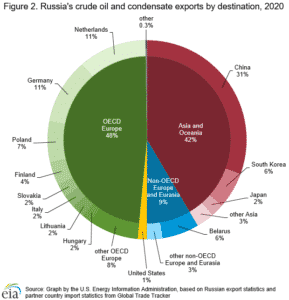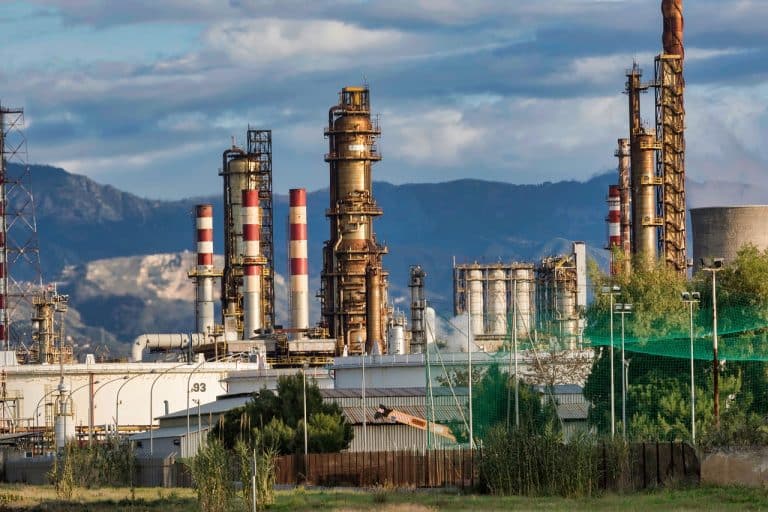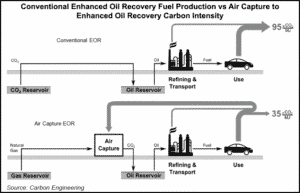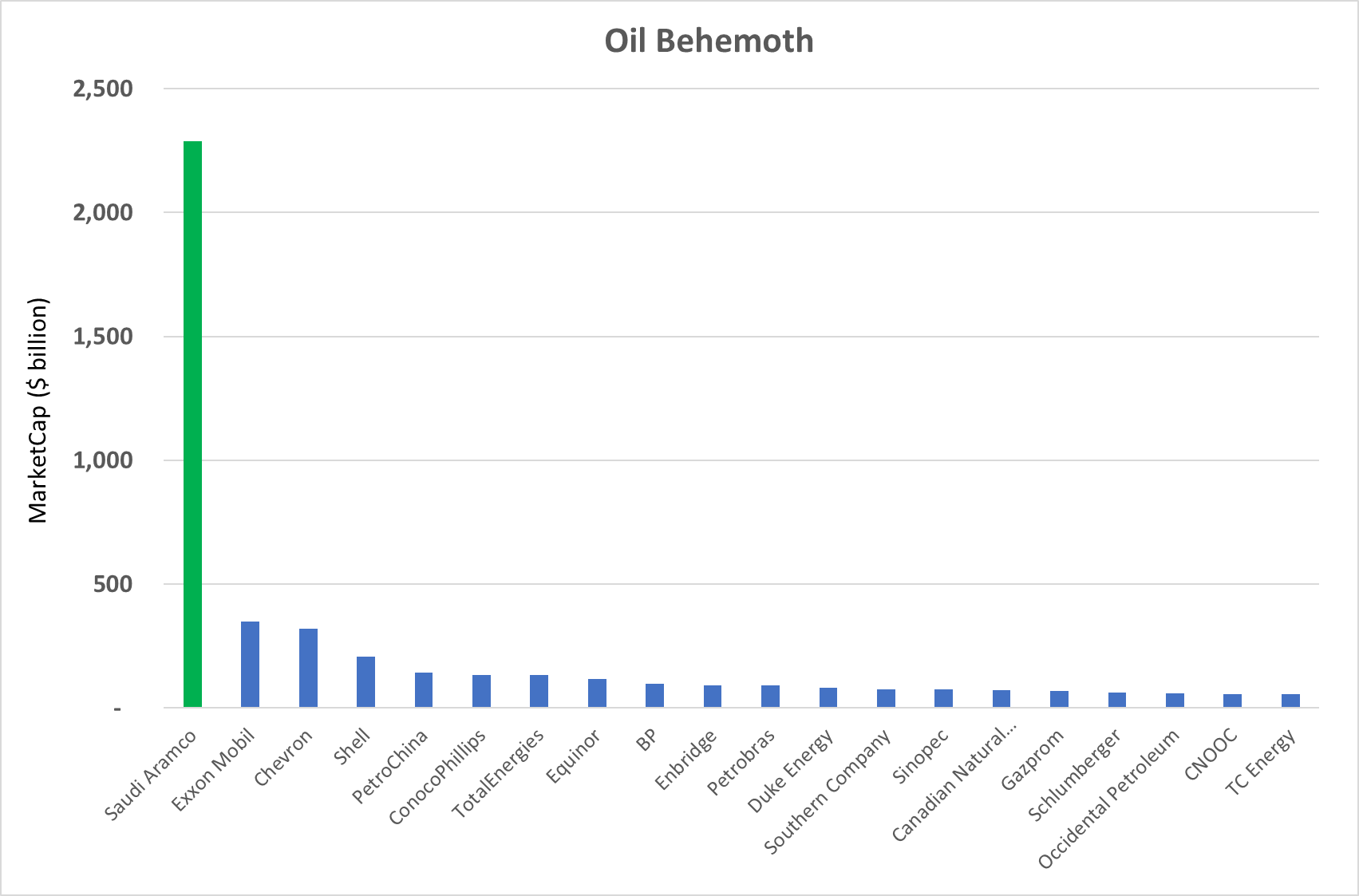The picture of India’s path to net-zero looks very different from other emitters.
India has set a net-zero target for 2070, and if things go as planned, India will become the last among the biggest economies to zero out its emissions.
India’s Path to Net Zero Ends by 2070, not 2050
Most nations are targeting their net-zero goals by 2050 in line with the Paris Agreement. But why did India set it to 2070 instead?
The answer might have something to do with poverty levels. While other nations feel the need to tame climate change, India has to lift millions out of poverty first.
So, if India’s net-zero targets are sooner, access to basic services will be harder for Indians.
The country is well-known to be most vulnerable to heatwaves. Thus, the need for air conditioning is increasing, which drives up the demand for more fuel.
The closest comparison when it comes to India’s path to net-zero is China which also has a population over 1.3 billion. Yet, India does not have the capacity to make green technologies that China is capable of doing. By far, it only deployed solar panels and wind turbines, not electric cars.
What Does India’s Journey to Net-Zero Need?
With its unique economic conditions, India doesn’t have a role model to follow. It’s the only lower-middle-income nation among the five largest world super emitters.
Yet, it is the most affected part of the globe by worsening extreme weather conditions. Documented reports also showed increasing intensity and frequency of rainfall and droughts. Plus, falling agricultural productivity and growing food prices make things even worse.
And so, India’s path to net-zero demands enormous financial support from other countries. It needs at least $1 trillion in aid over the next decade, only for itself, before it can fulfill its 2070 commitment.
Sad to say, the promised $100 billion in Paris Agreement to help developing countries like India and Brazil wasn’t delivered.
Without outside support from developed nations, India has to rely on its own measures. But one major barrier to this is the high borrowing costs it will pay to access financial markets. There are other options though that it can try, according to analysts.
One is to get sovereign loans from the World Bank. Another is to boost ties with other green markets that will make it easier to pool funds for renewables. Some efforts in this area are already underway, only waiting for more push.
Best of all, proponents of India’s path to net-zero can think differently. They can consider building new cities and industries that have low emissions.
If these homegrown solutions materialize, India will be its own role model to look up to.














